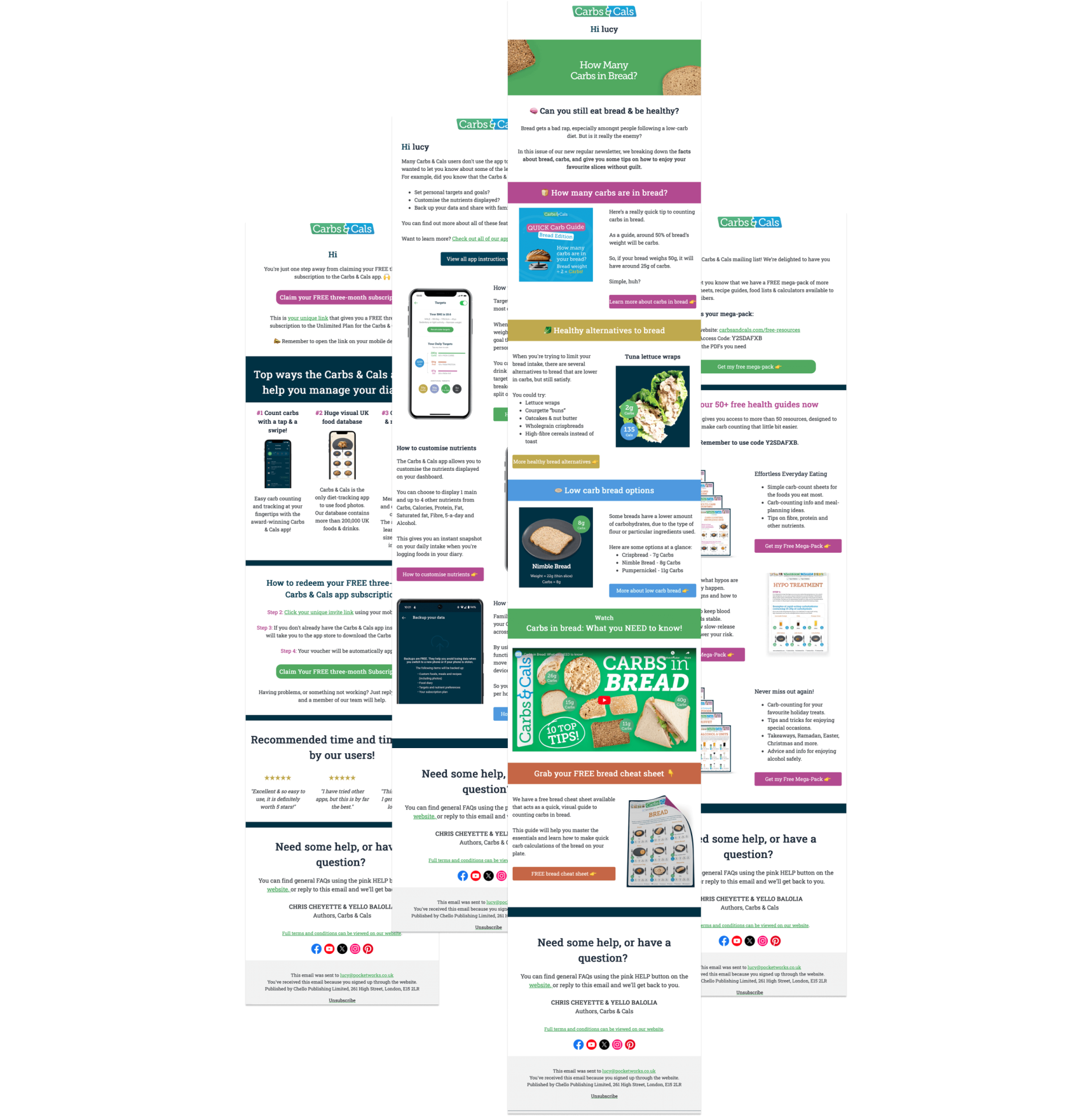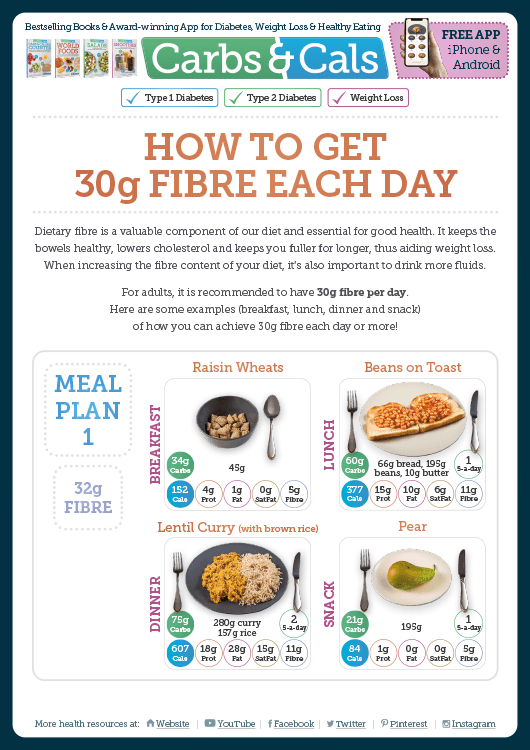Most of us have heard the phrase “wholegrains are good for you”. It’s one of those nutrition messages that gets repeated time and again, but what does it actually mean in practice? What are wholegrains, why are they important for our health, and how can you realistically fit more into your daily diet without having to give up the foods you love?
The truth is, eating more wholegrains is one of the simplest changes you can make for long-term health benefits. Even better, you don’t need to overhaul your diet. A few small swaps can make a big difference. And if you need inspiration, just look at what Denmark has managed to achieve as a nation by putting wholegrains front and centre.
What are wholegrains?
To understand why wholegrains matter, it helps to know what they actually are. A grain is made up of three parts:
- The bran: The outer layer, rich in fibre, B vitamins and antioxidants.
- The germ: The nutrient-packed core, containing vitamins, minerals, protein and healthy fats.
- The endosperm: The largest part, mainly carbohydrate with some protein.
When a grain is refined to make white flour or white rice, the bran and germ are removed, leaving mostly starch. Wholegrains, on the other hand, keep all three parts. That means you get the full package of nutrients, not just carbohydrates.
Examples of wholegrains include: wheat, barley, rye, oats, rice, corn, millet, buckwheat and quinoa. You might also have heard of so-called “ancient grains” like spelt, teff, farro and amaranth, which are also wholegrains.
In everyday life, you’ll find wholegrain versions of foods you probably already eat: wholemeal bread, brown rice, wholewheat pasta, wholegrain breakfast cereals and popcorn.
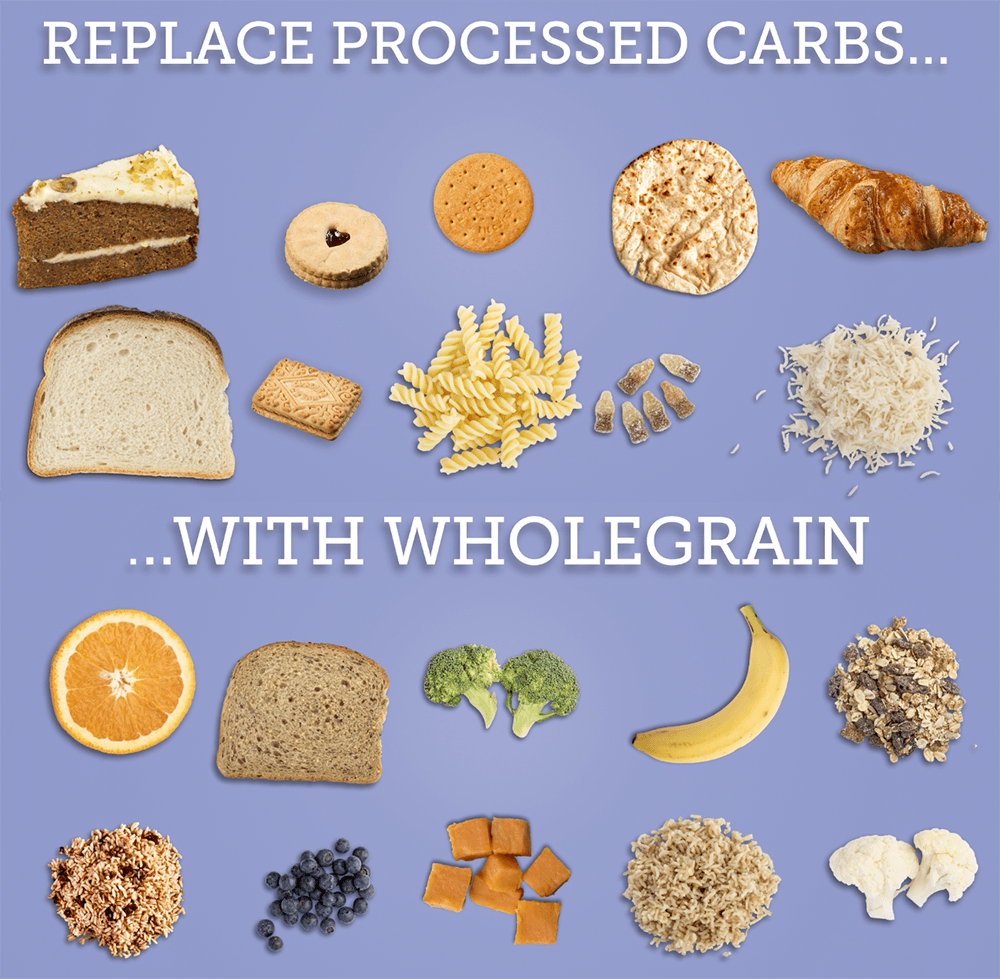
Why choose wholegrains?
The benefits of eating more wholegrains go well beyond “extra fibre”. Large research studies have consistently shown that people who eat more wholegrains have a lower risk of developing chronic health conditions.
Key benefits include:
- Heart health: Wholegrains can help reduce cholesterol and lower the risk of cardiovascular disease.
- Blood glucose control: They are digested more slowly than refined grains, which helps stabilise blood glucose levels. This is especially important for people living with diabetes.
- Gut health: The fibre in wholegrains feeds your gut bacteria, which supports digestion, immunity and even mood.
- Weight management: Wholegrains help you feel fuller for longer.
- Cancer protection: Studies suggest a reduced risk of bowel cancer in people with higher wholegrain intake.
- Everyday eating: Wholegrains add flavour, texture and variety to meals, so they’re enjoyable as well as healthy.
So when people say wholegrains are good for you, it’s not just a vague idea. The science is clear: swapping refined grains for wholegrains is a small change with big health pay-offs.
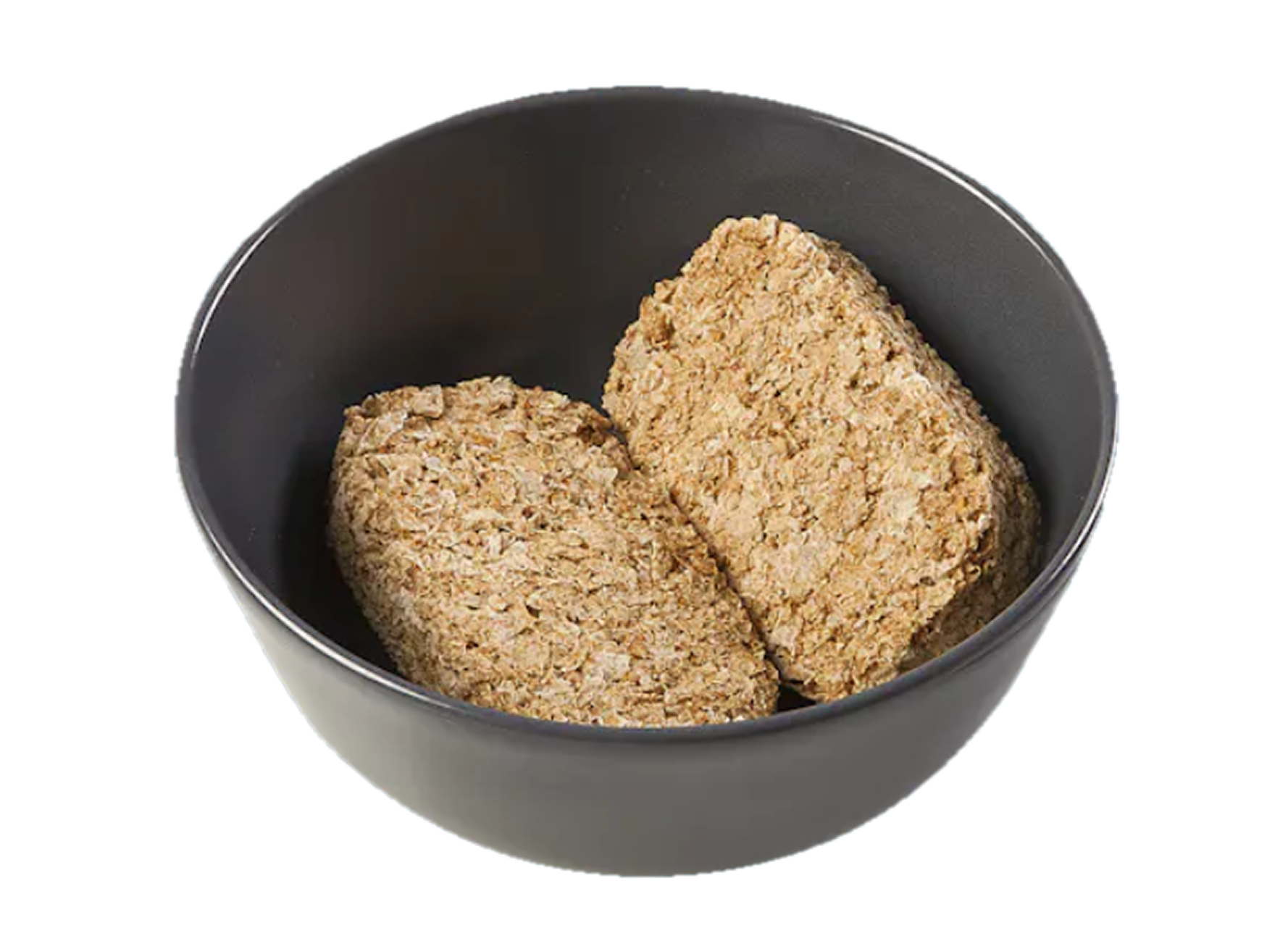
26g
Carbs
Weetabix
Weight = 37g (2 biscuits)
Carbs = 26g / Cals = 136
Fibre = 4g / Protein = 5g
Easy wholegrain swaps
The good news is, getting more wholegrains into your diet doesn’t require a complete lifestyle change. It’s about making small, realistic swaps that fit into the way you already eat.
Here are some practical examples, all of which you can find in the Carbs & Cals app:
- Bread: Instead of white sliced bread, go for wholemeal bread. If you prefer seeded loaves, look for ones made with wholemeal flour.
- Rice: Swap white boiled rice for brown rice, or try mixing the two while you adjust to the different texture.
- Pasta: Choose wholewheat spaghetti or penne instead of white pasta. These days, most supermarkets stock good-quality options.
- Breakfast: Replace refined cereals such as cornflakes with porridge oats, Weetabix or shredded wheat. These are high in wholegrains and keep you fuller for longer.
- Snacks: Swap crisps for popcorn. Be mindful of added sugar or salt. Plain or lightly seasoned popcorn is best.
- Crackers: Instead of cream crackers, choose wholegrain crispbreads or oatcakes. They work perfectly with cheese, hummus, or nut butter.
- Wraps and pittas: Go for wholemeal wraps or pittas instead of white versions, you’ll hardly notice the difference once they’re filled.
By making just one or two of these swaps each day, you’ll easily increase your wholegrain intake without feeling like you’re on a “diet”.
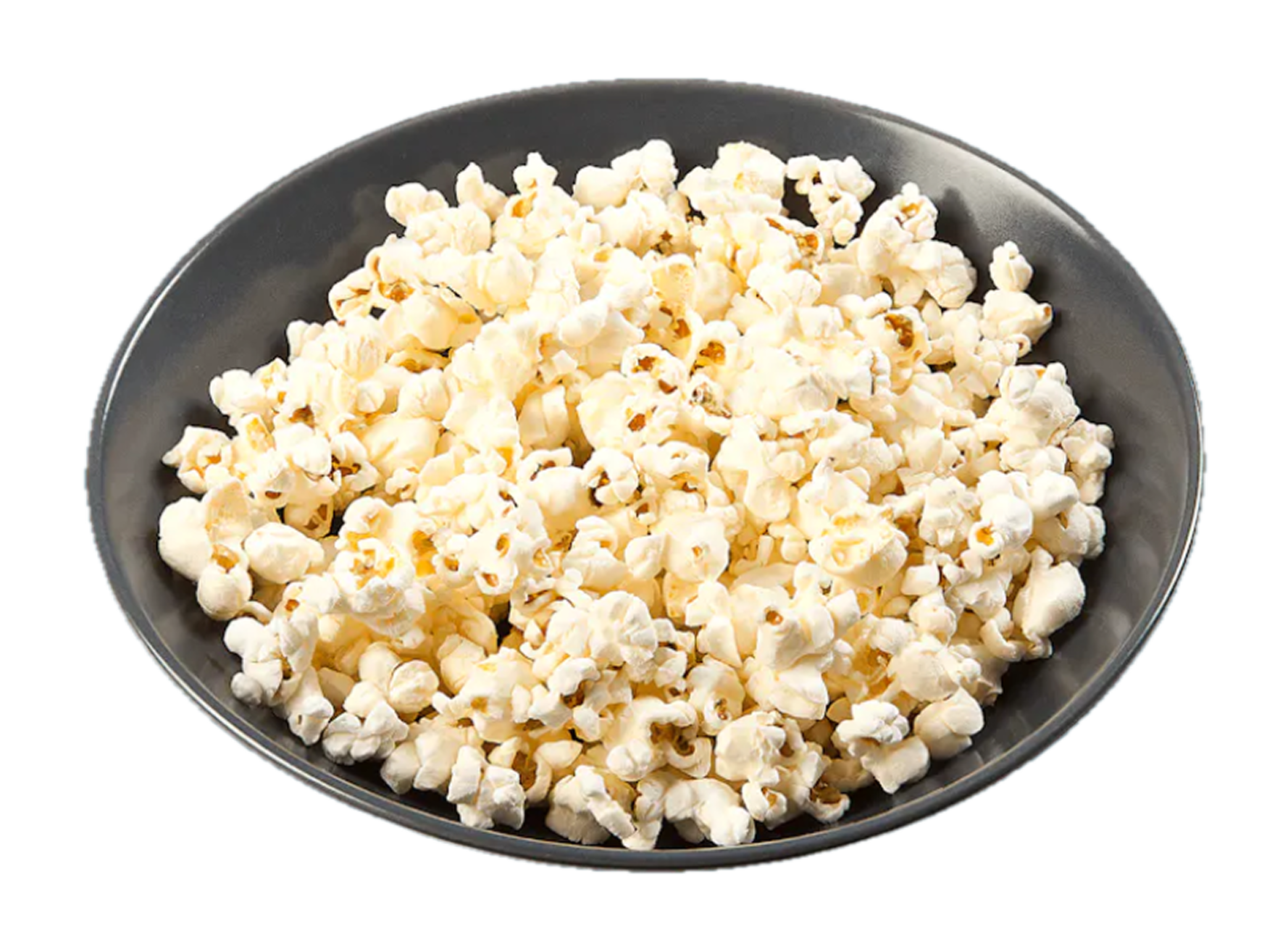
18g
Carbs
Popcorn
(lightly salted)
Weight = 30g
Carbs = 18g / Cals = 141
Fibre = 3g / Protein = 3g
Fat = 7g / SatFat = 1g
Denmark’s wholegrain revolution
If you’re wondering whether these small swaps really add up, Denmark provides a brilliant example of what’s possible when a whole country embraces wholegrains.
Back in 2008, the average Dane was eating just 36 grams of wholegrains a day. The government, health organisations, supermarkets and food producers teamed up to change this. Together, they launched a clear logo to help shoppers identify wholegrain products, updated national guidelines to recommend 90 grams per day, and encouraged manufacturers to add wholegrain flour to everyday foods like bread, biscuits and cakes.
By 2019, average wholegrain intake had more than doubled to 82 grams per day – the highest in Europe. Compare that to the UK, where the average person eats only 20 grams a day, and one in five people don’t eat any wholegrains at all.
Denmark’s success shows that big improvements in diet are possible when small changes are made consistently.
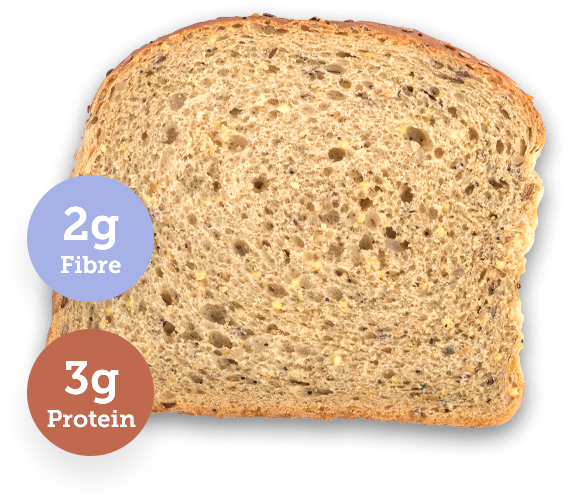
What can we do in the UK?
While it would be great to see a national campaign like Denmark’s here in the UK, we don’t need to wait for government action. Each of us can take steps right now to include more wholegrains in our own meals and snacks.
Next time you do the food shop, challenge yourself to swap at least one refined grain product for its wholegrain equivalent. Over time, these swaps will become second nature, and your health will benefit in ways you may not even notice at first – steadier energy levels, feeling fuller, better digestion.
The Carbs & Cals app is a handy tool for this. You can compare foods side by side, see the nutritional differences, and get inspiration for new wholegrain options to try.
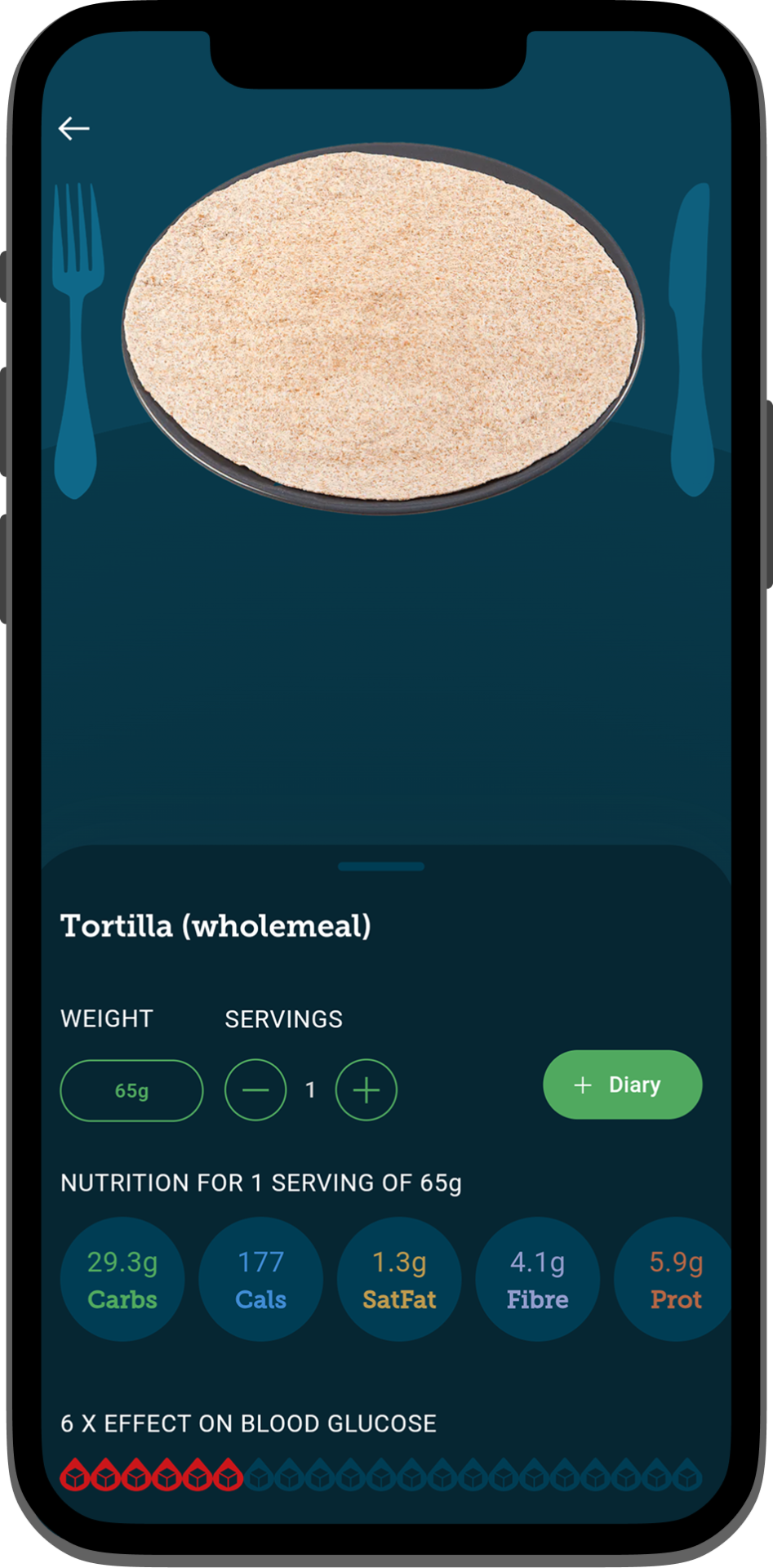
Start making wholemeal swaps today
Wholegrains aren’t just a “nice extra” to have on your plate – they’re a simple, affordable way to look after your heart, manage your blood glucose, support your gut and maintain a healthy weight. Denmark has shown how powerful small changes can be when made at scale. Here in the UK, it starts with each of us making swaps in our own kitchens.
So why not start today? Swap your bread, rice, pasta or snacks for wholegrain versions, and see how easy it is to build into everyday life. Your future self will thank you.
Want to Learn More?
Grab a Copy of Carb & Calorie Counter
The multi-award-winning Carb & Calorie Counter book is your definitive, expert-approved guide to carb and calorie counting.
- Over 1700+ high-quality food photos
- Up to six portion sizes per food
- At-a-glance carbs and key nutrients
- The Original #1 Bestseller
With the “Carb-Counting Bible”, a single flick of the page is all you need to plan nutritious, carb-counted meals.
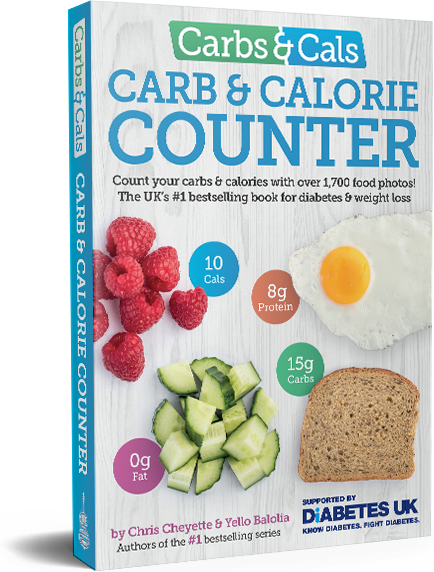
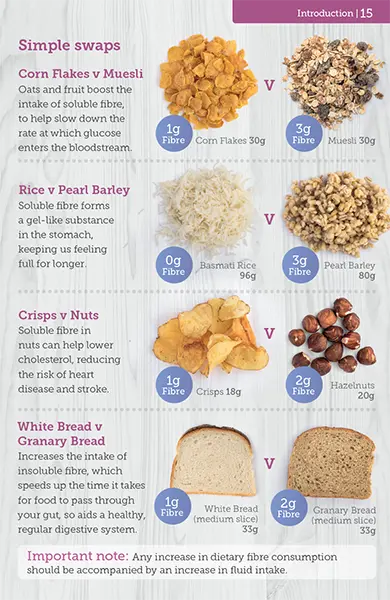
Contains hundreds of food photos to help you make healthy wholegrain swaps!
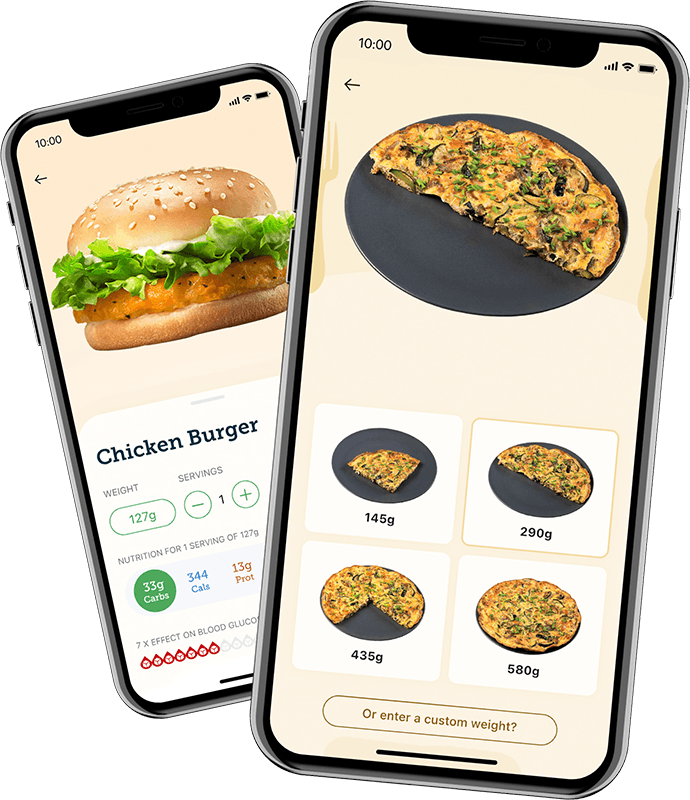
Sign up to the Carbs & Cals mailing list
Want to learn more about carb counting and the role of food in managing your health? Sign up to our mailing list!
